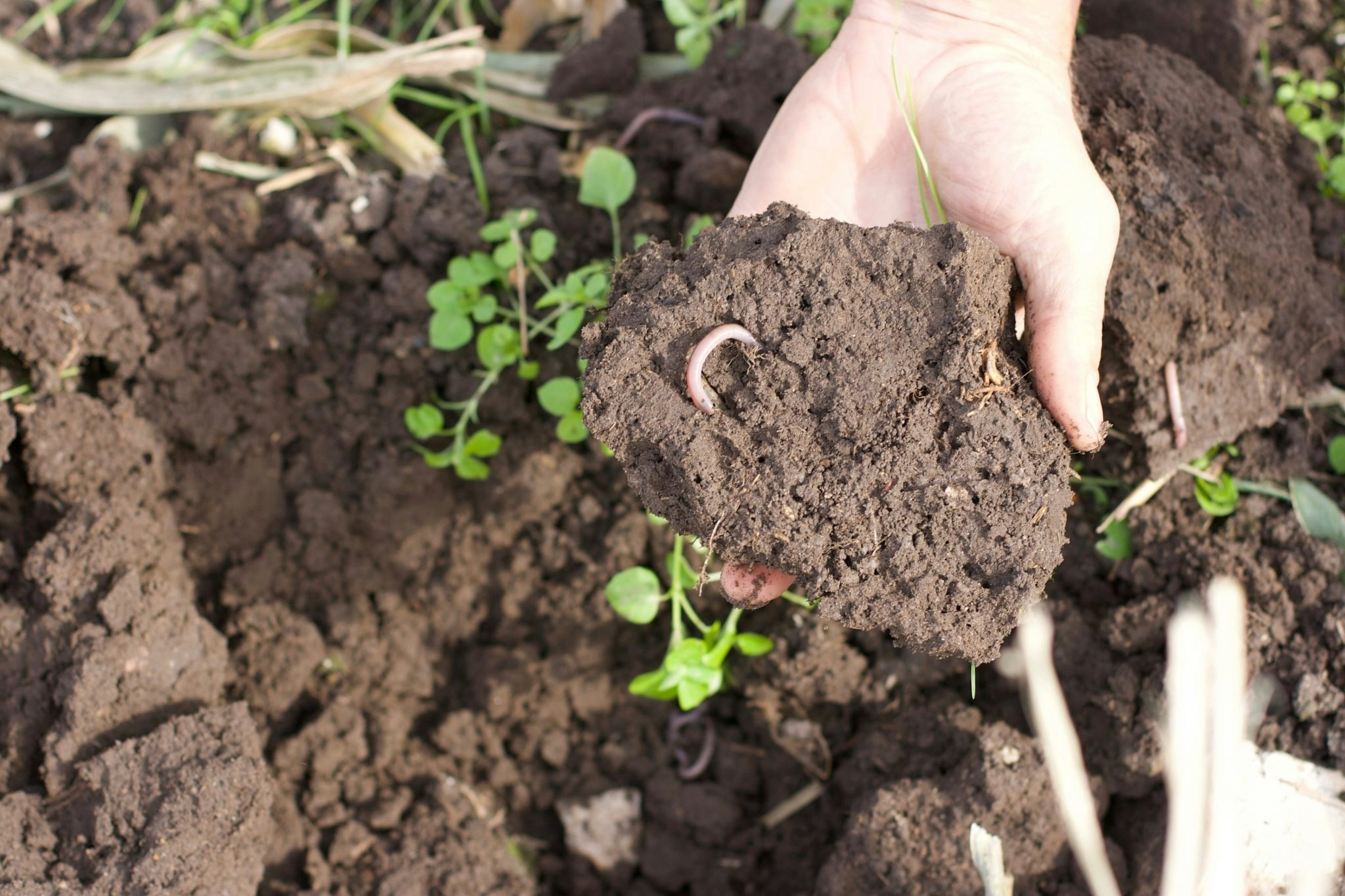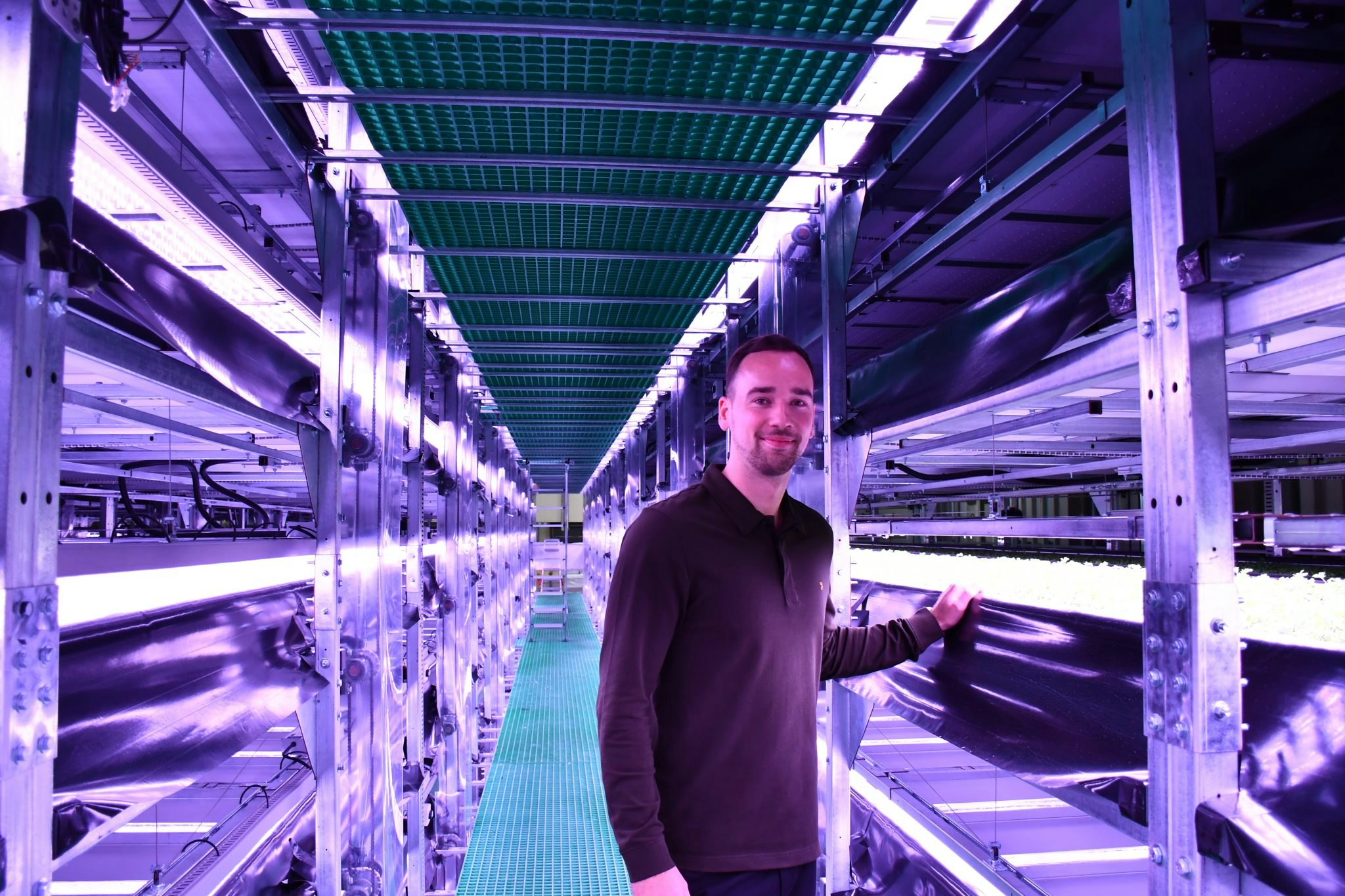When Przemek Obloj, managing partner at the impact investor Blue Horizon, first tasted lab-grown chicken back in late 2017, it cost $5,000 a kilo.
Now he is one of the many investors marvelling at the fact that, just a few years later, the cost is a fraction of this. “We are now close to 100 times below that [original price], all within five years,” he says.
That remarkable drop in prices — similar to the falls in other fields such as silicon chip making and gene sequencing — has led to growing optimism about lab-grown meat being on a plate near us soon.
Building a prototype is relatively simple. But scaling to industrial production is fantastically difficult
Billions in venture capital money has already been poured into the sector, with Europe boasting a range of startups in this field such as Mosa Meat, Meatable, Higher Steaks, SuperMeat, Future Meat Technologies, Aleph Farms and Biotech Foods.
The view among many is that lab-grown meat is inevitable, that there will soon be a paradigm shift in the way we eat from animal meat to a more ethical and sustainable alternative that can support the world’s growing population.
But despite this narrative, there are big questions ahead for the sector, partly because of the sheer technical challenge but also over the simple problem of unit economics.
How much will it really cost?
In March this year, independent consultancy CE Delft published a techno-economic assessment commissioned by the Good Food Institute. The goal was to estimate the production cost of cultivated meat by 2030.
The study predicted a huge drop in prices, with the cost of a kilogram of “slurry or paste” of cultivated meat “comparable to very finely ground meat” falling to as little as $5.66, not far from the current average price of conventional mince.
Another report, also published in March by Boston Consulting Group and Blue Horizon — a Swiss-based VC firm that invests mostly in alternative protein start-ups — reached a similar conclusion: by 2030, cultivated meat will reach parity of price, taste and texture with meat from farmed animals. These projections are consistent with how rapidly the cost of cultivated meat has decreased so far. The first lab-made patty introduced to the public in 2013 cost €250,000. From there, prices went down at a break-neck pace.
But amid all the excitement and fanfair, there are several assumptions being made. One is that cultivated meat can achieve the same taste and texture as conventional meat to begin with. The others are related to the various economic variables at play.
The challenge of scaling up
One of them is the cost of scaling production. The technology behind cellular agriculture is not new. It’s been used for decades to produce pharmaceutical products such as insulin and in tissue engineering applications.
What is new, however, is the need to use it for producing large quantities. “Building a prototype is relatively simple,” says Mark Kotter, co-founder of cultivated meat start-up Meatable. “But scaling to industrial production is fantastically difficult.”
The challenge is twofold: optimising the cost of expensive growth factors, such as the protein albumin and the gene base cytosine, and making the process work with bigger bioreactors.
“A two-litre bioreactor is essentially a different beast from a 20,000-litre bioreactor,” Kotter says. “What works in a small system doesn't work in the same way in a big one. Chemistry changes, which means biology changes too.”
Is it even worth it?
Taking a technology with very lucrative applications and spending years and millions of dollars to produce a $5-a-pound product seems like economic madness. But that didn't stop funders from investing $505m in this emerging industry between 2016 and 2020.
A crucial difference is in the approach: “Investing in cultivated meat is usually a 10-year journey,” says Obloj. “It’s definitely not a public market investment where you wait for the next two quarters to see returns. Biology is complicated, it takes time and patience.”
A tissue to cook and eat doesn't have the same requirements of a living tissue that needs to be integrated into the body of a human being
The economics of cultivated meat work differently, but that doesn’t mean that the sector can’t be profitable: “If you define success as price per kilo, then insulin is the way to go,” says Obloj. “But you can still generate very attractive returns with food. Just because you use aluminium to make aircrafts, it doesn't mean you cannot use it for beverage cans. On one side you have small volumes and high prices, on the other large volumes and low prices, but with profit pools on both sides.”
Cheaper supply chains over time
The parallel with aluminium cans highlights an advantage of cellular agriculture over pharmaceutical applications: standards, and therefore costs, are not always the same.
“A tissue to cook and eat doesn't have the same requirements of a living tissue that needs to be integrated into the body of a human being,” says Seren Kell, science and technology manager at The Good Food Institute Europe. “When you buy ingredients for cultivated meat from the pharmaceutical industry, you're paying for very expensive medical grade, but you don't actually need it.”
The cultivated meat industry is attempting to respond to this, which will be a bit factor in prices falling. After the first wave of full stack start-ups that take care of the whole process in house, a growing B2B segment is specialising in specific components, such as growth factors, fats and connective tissues.
Cultivated meat also has economic advantages over conventional meat. One is scalability: once startups figure out how to do it efficiently, increasing production will need fewer resources, less space and less time.
Another advantage is the simplification of the supply chain. “With traditional meat, farmers need to ship animals to slaughterhouses and packaging plants,” says Kotter. “In a cultivated meat factory, meat will go directly from manufacturing to packaging and distribution.”
External factors
The economics of cultivated meat are also influenced by what happens outside the factory, which will also be crucial to determining future prices. Help from governments in particular can further reduce R&D and capital expenditure costs.
“Governments should invest in cultivated meat with funding and loan schemes the same way that they're investing in public health or renewable energy,” says Kell. “It would be in their interest to do that, considering their targets regarding climate, public health and antibiotic resistance.”
People don’t eat [animal] meat because of how it's produced. They eat it in spite of the fact that it comes from filthy, polluting, cruel industrial farms
Help could also come from a carbon tax on conventional meat, which would raise its price and reduce the gap. “The real cost of food is not integrated in its price,” says Nicolas Treich, a research associate at the Toulouse School of Economics, who has published one of the very few studies on the economics of cultivated meat so far. “There have been some studies showing that if we account for the impact of beef on climate [its price] should be almost twice what it is today.”
Will it even be tasty?
Acceptance from consumers is also an important variable. Once price parity is here, will they embrace cultivated meat without resistance?
Available data is far from conclusive. “There is a lot of variability between studies, and even within the same study,” Treich says. “We use markets to understand dynamics of supply and demand, but right now cultivated meat is commercialised only in Singapore, so there is no sizeable market yet.”
Treich warns that there is no guarantee that consumer perceptions of cultivated meat will be positive. “We cannot exclude that, even if cultured meat is a bit more expensive than conventional meat, there will still be demand for it, because people care about animal welfare and climate impact.” But there could also be a "yuck facto" limiting the effect of price parity: “Studies show that some consumers perceive cultivated meat as not natural, but that's also because most of them are not really familiar with it yet.”
Obloj and Kell, however, don't think consumers’ acceptance won’t be a problem. “Based on what we're seeing with other alternative proteins on the market, consumers want those products and retailers want to provide them,” Obloj says.
“People don’t eat meat from industrial animal agriculture because of how it's produced,” Kell says. “They eat it in spite of the fact that it comes from filthy, polluting, cruel industrial farms. But if they have the choice of eating the same meat produced in a clean and sustainable way, they will do it.”
Andrea Tolu is a content marketing writer, ghostwriter, editor and reporter for the food and hospitality industries


